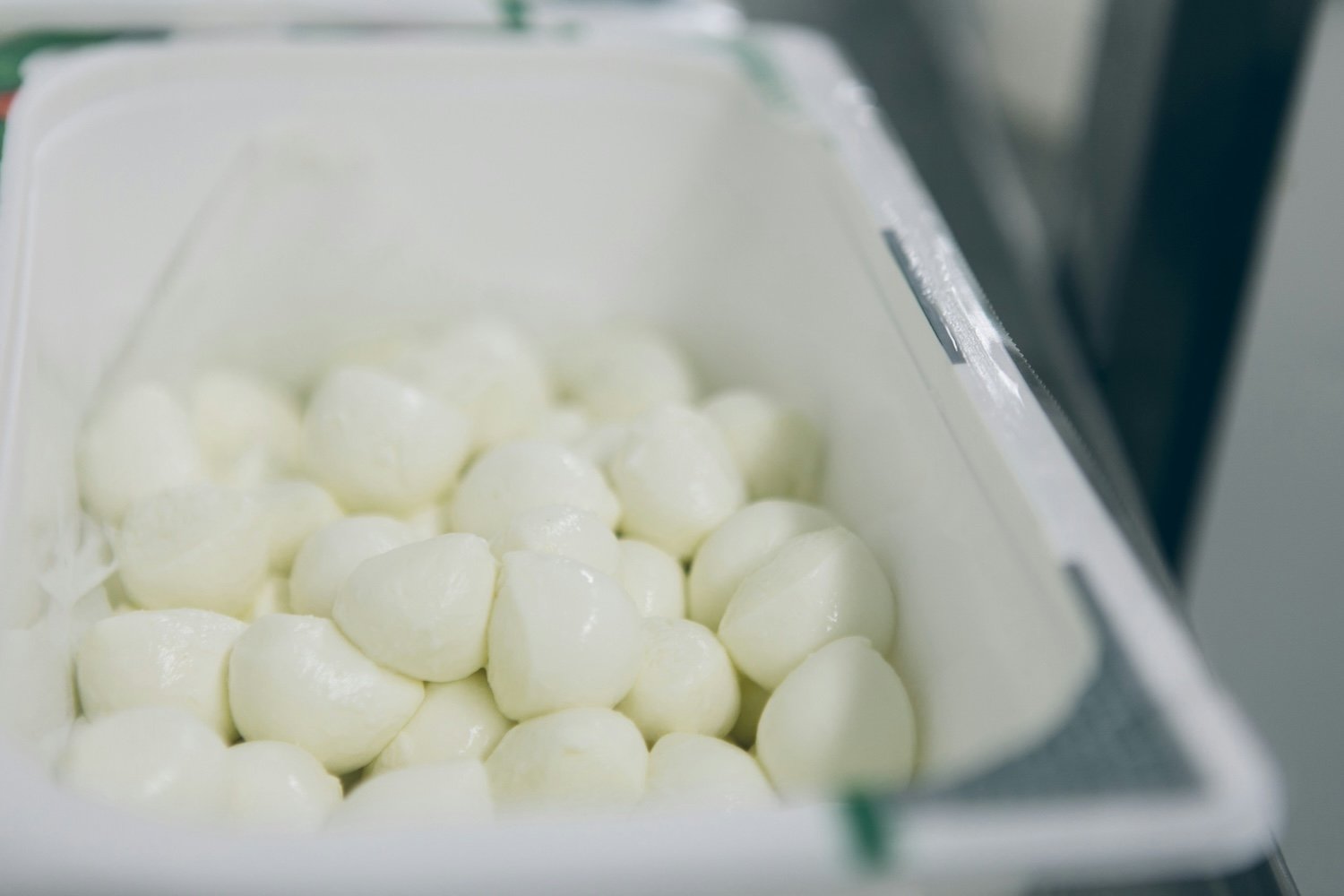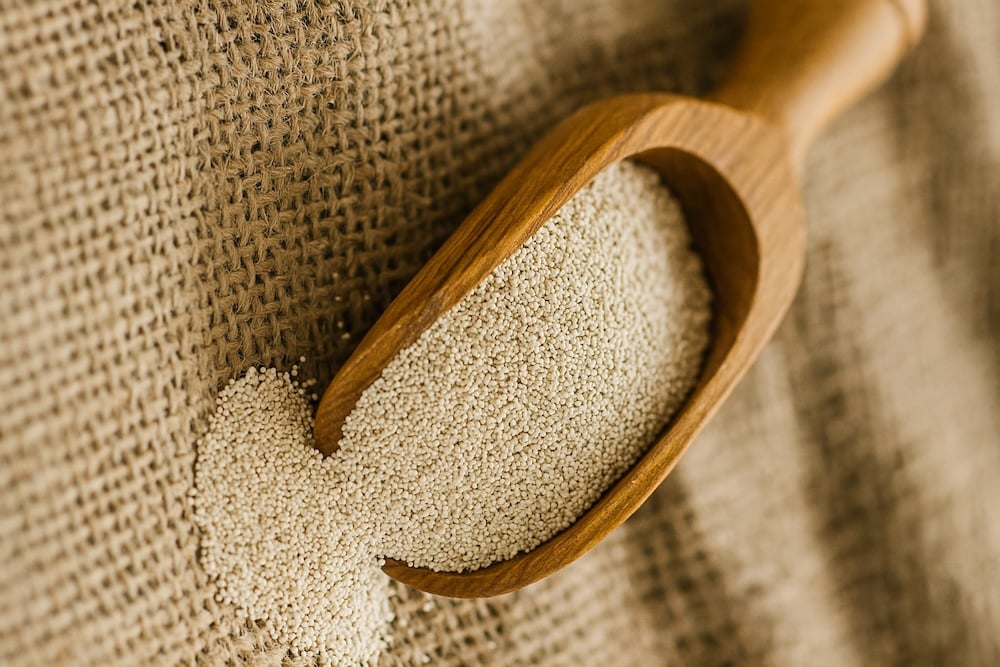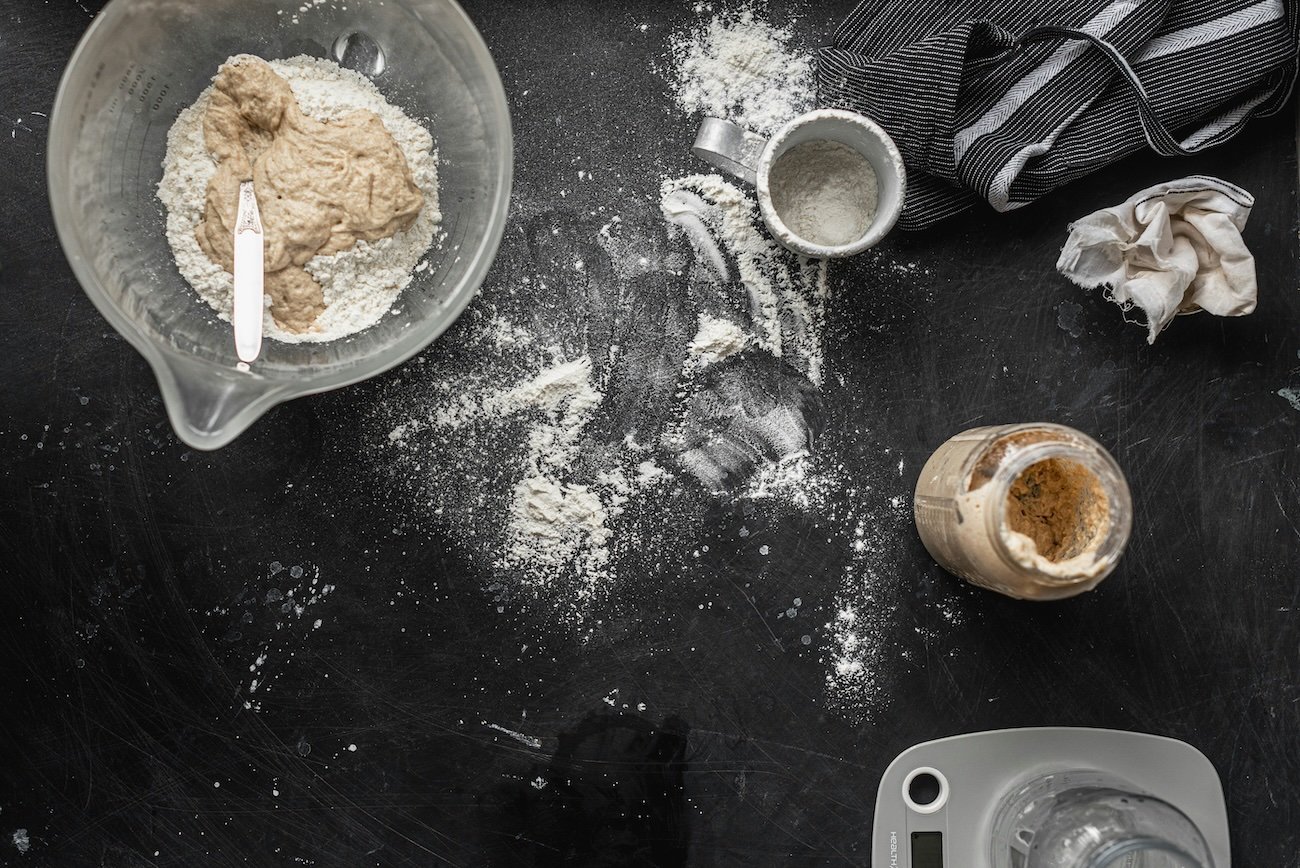Mozzarella: The Crown Jewel of Pizza Cheese
Mozzarella is more than just a cheese—it's the heart and soul of pizza, the ingredient that transforms a simple flatbread into the beloved dish that has captured hearts around the world. Its unique combination of melting properties, mild flavor, and perfect stretch makes it the ideal cheese for pizza, capable of creating everything from the delicate, creamy pools of a Neapolitan Margherita to the golden, caramelized crust of a Detroit-style pie.
The story of mozzarella begins in southern Italy, where it was first made from the milk of water buffalo that grazed in the marshy regions around Naples. The name "mozzarella" comes from the Italian verb "mozzare," meaning "to cut," referring to the traditional method of cutting the curd by hand. Today, while buffalo mozzarella remains the gold standard, cow's milk mozzarella has become the most widely used variety, offering excellent quality and consistency for pizza making.
The Science of Mozzarella: Why It's Perfect for Pizza
Mozzarella's unique properties make it the ideal cheese for pizza, but understanding why requires a look at its molecular structure:
- Protein Structure: Mozzarella has a unique protein structure that allows it to melt smoothly without separating into oil and solids like many other cheeses. This creates the perfect texture for pizza.
- Moisture Content: The high moisture content (45-70% depending on the type) helps create steam during baking, contributing to the light, airy texture of the crust.
- Melting Point: Mozzarella melts at the perfect temperature for pizza baking (around 130-140°F/55-60°C), allowing it to become gooey and stretchy without burning.
- Stretch Factor: The unique protein alignment in mozzarella creates the characteristic stretch that makes pizza so satisfying to eat and visually appealing.
Types of Mozzarella: Understanding Your Options
1. Fresh Mozzarella (Fior di Latte): The Classic Choice
Fresh mozzarella, made from cow's milk, is the most versatile and widely available type for pizza making:
- Texture: Soft, creamy, and slightly springy, with a delicate, milky flavor that doesn't overpower other ingredients.
- Moisture Content: High moisture (60-70%) creates beautiful, creamy pools on the pizza and contributes to crust texture.
- Best For: Neapolitan-style pizza, where the cheese should be torn into pieces and applied sparingly. The high moisture content creates the characteristic "wet spots" that are prized in authentic Neapolitan pizza.
- Handling: Fresh mozzarella should be patted dry before using to prevent excess moisture on your pizza. It's best torn into pieces rather than shredded, as this preserves the texture and allows for better melting.
2. Buffalo Mozzarella (Mozzarella di Bufala): The Premium Choice
Buffalo mozzarella, made from water buffalo milk, is considered the pinnacle of mozzarella quality:
- Flavor: Richer, more complex flavor than cow's milk mozzarella, with subtle tangy notes and a creamier texture.
- Fat Content: Higher fat content than cow's milk mozzarella, creating a more luxurious mouthfeel and better melting properties.
- Protected Status: Authentic buffalo mozzarella from Italy has Protected Designation of Origin (PDO) status, ensuring it's made according to traditional methods in specific regions.
- Best For: Premium Neapolitan pizza and special occasions. The superior flavor and texture make it worth the higher cost for authentic Italian pizza experiences.
3. Low-Moisture Mozzarella: The American Standard
Low-moisture mozzarella is the most common type used in American pizzerias and home kitchens:
- Texture: Firm and sliceable, with a mild, clean flavor that works well with a variety of toppings.
- Moisture Content: Lower moisture (45-52%) makes it easier to shred and handle, with more predictable melting behavior.
- Best For: New York-style pizza, Chicago deep dish, and any pizza where you want consistent, predictable melting and good coverage.
- Convenience: Available pre-shredded, with a long shelf life when refrigerated. Can be frozen for extended storage.
Choosing the Right Mozzarella for Your Pizza Style
Different pizza styles require different types of mozzarella to achieve the authentic experience:
For Neapolitan Pizza
Use fresh mozzarella (fior di latte or buffalo) torn into pieces about 1-2 inches in size. Apply the cheese sparingly, leaving space between pieces to allow for proper melting and to prevent the pizza from becoming soggy. The high moisture content creates the characteristic wet spots and authentic flavor that define true Neapolitan pizza.
For New York Style
Use low-moisture mozzarella, either pre-shredded or block form that you grate yourself. Apply generously to create full coverage, allowing the cheese to melt into a uniform layer. The lower moisture content ensures the cheese melts evenly without making the crust soggy.
For Detroit Style
Use Wisconsin brick cheese or a combination of low-moisture mozzarella and other melting cheeses like Monterey Jack or provolone. The cheese should be applied all the way to the edges of the pan to create the characteristic caramelized cheese edges that define Detroit-style pizza.
For Chicago Deep Dish
Use a blend of low-moisture mozzarella and other cheeses like provolone or cheddar. The cheese layer should be substantial to provide the rich, gooey texture that characterizes deep dish pizza.
Advanced Mozzarella Techniques: Elevating Your Pizza
Once you've mastered the basics of mozzarella selection, you can explore advanced techniques that will take your pizza to the next level:
- Cheese Blending: Combine different types of mozzarella or mix mozzarella with other cheeses to create unique flavor profiles. Try blending fresh and low-moisture mozzarella for the best of both worlds.
- Layering Techniques: For complex pizzas, consider layering different cheeses. Start with a base layer of low-moisture mozzarella, add toppings, then finish with fresh mozzarella for a creamy finish.
- Temperature Control: Bring cheese to room temperature before using to ensure even melting. Cold cheese can create uneven melting and affect the final texture.
- Timing: Add cheese in the last 2-3 minutes of cooking for fresh mozzarella, or at the beginning for low-moisture varieties. This ensures proper melting without overcooking.
Storage and Handling: Maintaining Mozzarella Quality
Proper storage and handling are crucial for maintaining mozzarella quality and ensuring the best results on your pizza:
- Fresh Mozzarella: Store in its original brine or water in the refrigerator. Change the water every few days to maintain freshness. Use within 5-7 days for best quality.
- Low-Moisture Mozzarella: Keep refrigerated in its original packaging or wrap tightly in plastic wrap. Can last 2-3 weeks when properly stored.
- Freezing: Low-moisture mozzarella can be frozen for up to 3 months, though texture may be slightly affected. Fresh mozzarella should not be frozen as it will lose its delicate texture.
- Pre-Shredded Cheese: While convenient, pre-shredded cheese often contains anti-caking agents that can affect melting. For the best results, shred your own cheese from a block.
Troubleshooting Common Mozzarella Issues
Even experienced pizza makers encounter mozzarella-related problems. Here are solutions to the most common issues:
- Cheese Not Melting Properly: Ensure the cheese is at room temperature before using, and that your oven is hot enough. Low-moisture mozzarella melts better than fresh mozzarella.
- Cheese Separating into Oil: This usually indicates overheating. Reduce oven temperature or cooking time, and use cheese with appropriate moisture content for your cooking method.
- Soggy Pizza: Fresh mozzarella can make pizza soggy if used too generously. Pat it dry before using, apply sparingly, and ensure your oven is hot enough to evaporate excess moisture quickly.
- Uneven Melting: Shred cheese uniformly and distribute it evenly across the pizza. Avoid large chunks that may not melt completely.
The Art of Mozzarella: Beyond the Basics
As you become more experienced with mozzarella, you can explore the art of cheese selection and application:
- Seasonal Considerations: Fresh mozzarella quality can vary seasonally. Spring and summer often produce the best fresh mozzarella due to the quality of the milk during these periods.
- Regional Variations: Different regions of Italy produce mozzarella with slightly different characteristics. Explore varieties from different areas to discover your preferences.
- Artisanal Options: Seek out artisanal mozzarella makers who use traditional methods and high-quality milk. The difference in flavor and texture can be remarkable.
The Future of Mozzarella: Innovations and Trends
Mozzarella production continues to evolve, with new techniques and varieties being developed:
- Plant-Based Alternatives: With the rise of plant-based diets, mozzarella alternatives made from nuts, soy, or other plant sources are becoming more sophisticated and pizza-friendly.
- Functional Mozzarella: Some manufacturers are developing mozzarella with enhanced melting properties or extended shelf life for commercial applications.
- Sustainable Production: There's growing interest in mozzarella produced using sustainable farming practices and environmentally friendly packaging.
Mastering Mozzarella: The Path to Perfect Pizza
Understanding mozzarella is fundamental to creating exceptional pizza. It's not just about choosing the right type—it's about understanding how different varieties behave, how to handle them properly, and how to use them to enhance your pizza rather than overwhelm it.
Start with the basics: choose the right mozzarella for your pizza style, handle it properly, and apply it with care. As you gain experience, experiment with different types, blends, and application techniques to discover what works best for your preferences and the specific pizzas you're creating.
Remember that mozzarella is more than just a topping—it's a key component that can make or break your pizza. With the right knowledge and technique, you can harness the power of this remarkable cheese to create pizzas that are not just good, but truly exceptional.



